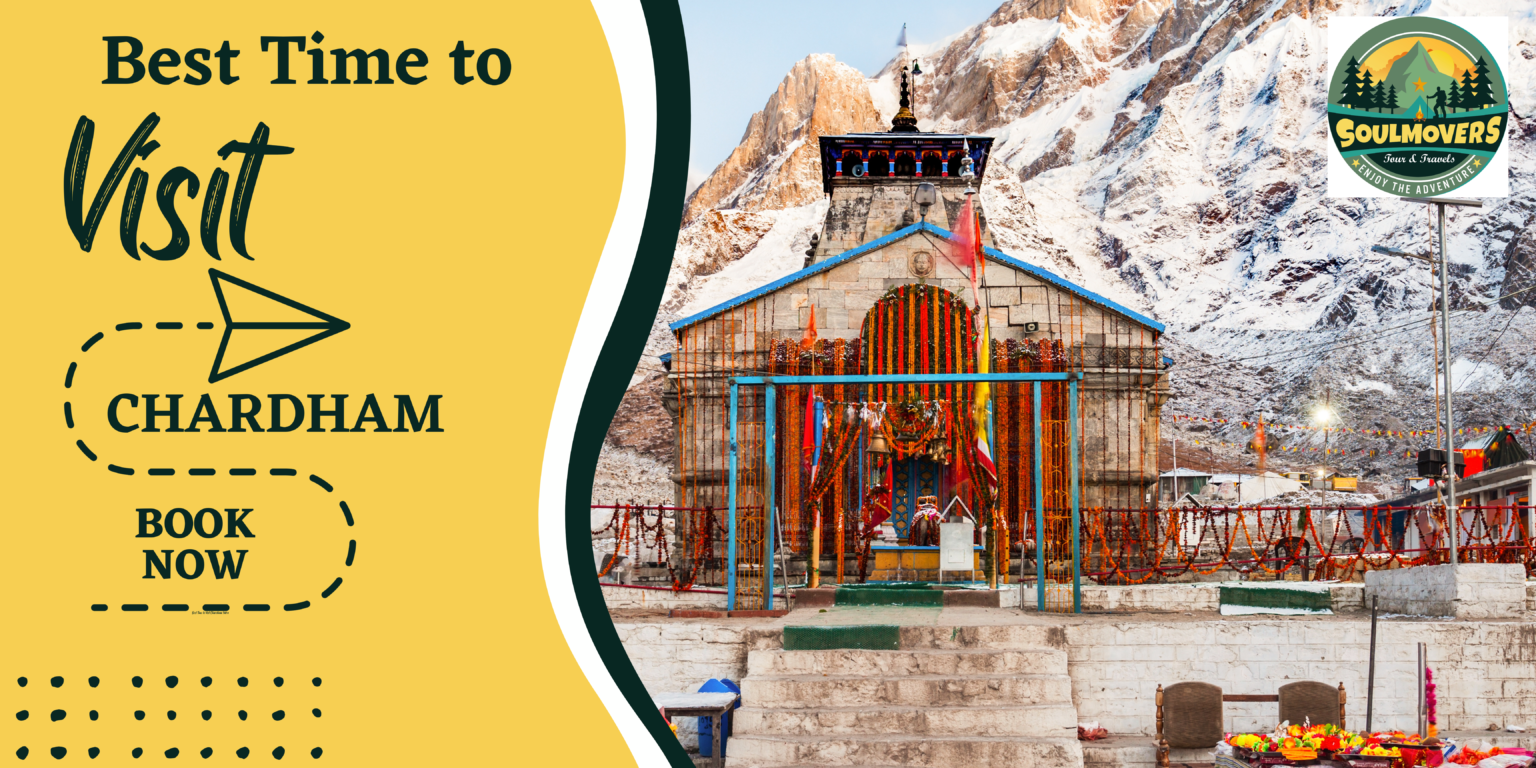Introduction
Chardham Yatra, a sacred pilgrimage in the heart of the Himalayas, is a journey that beckons the devout and curious alike. This spiritual voyage takes travelers through four pristine destinations in the Indian state of Uttarakhand, each representing an abode of a Hindu deity. In this article, we will embark on a spiritual journey together, exploring the significance, attractions, and the spiritual essence of the Chardham Yatra.
The Essence of Chardham Yatra
The Chardham Yatra, consisting of Yamunotri, Gangotri, Kedarnath, and Badrinath, is a religious sojourn that promises not only salvation but also a profound connection with nature’s grandeur. Let’s delve into each destination’s unique charm and spiritual significance.
Yamunotri: The Birthplace of the Holy River Yamuna
Our journey begins with Yamunotri, the source of the revered Yamuna River. Nestled amidst the Garhwal Himalayas, this sacred site is dedicated to the goddess Yamuna. Pilgrims undertake a challenging trek to reach the temple, taking them through picturesque meadows and hot springs. The natural beauty and spiritual aura make Yamunotri an unforgettable experience.
Gangotri: The Origin of the Holy Ganges
Moving forward, we arrive at Gangotri, the birthplace of the Ganges River. It is believed that the Ganges descended from the heavens onto Earth at this very spot. The Gangotri temple, perched at an altitude of 3,100 meters, is a spiritual beacon. Pilgrims take a dip in the icy waters of the Bhagirathi River to cleanse their souls.
Kedarnath: The Abode of Lord Shiva
As we continue our sacred expedition, Kedarnath awaits us. Situated at an elevation of 3,583 meters, this temple dedicated to Lord Shiva is a testament to human devotion. The trek to Kedarnath is both challenging and rewarding, offering breathtaking views of the surrounding peaks. It’s here that pilgrims seek the blessings of Lord Shiva, the destroyer and purifier.
Badrinath: The Dwelling of Lord Vishnu
Our final destination in the Chardham Yatra is Badrinath, where Lord Vishnu resides. The Badrinath temple, with its vibrant architecture, stands tall at an altitude of 3,133 meters. Pilgrims believe that visiting this shrine washes away their sins and ensures a place in Vishnu’s divine abode, Vaikuntha.
Experiencing the Divine Connection
Chardham Yatra is not just about visiting temples; it’s a spiritual awakening. The serene landscapes, the pristine rivers, and the majestic mountains create an ambiance that transcends the physical realm. Pilgrims find solace, inner peace, and a profound sense of spirituality that lingers long after their return.
Planning Your Chardham Yatra
When to Go
The best time to embark on this spiritual journey is during the summer months, between May and June, when the weather is pleasant, and the roads are accessible. Avoid the monsoon season, as landslides and heavy rains can disrupt travel.
Preparations and Essentials
Before setting out on the Chardham Yatra, make sure you are physically fit for the rigorous trekking involved. Pack warm clothing, comfortable shoes, and essential medications. It’s also advisable to carry some energy-boosting snacks and water bottles.
Accommodation Options
There are various accommodation options available along the yatra route, ranging from guesthouses to tents. It’s recommended to book in advance during the peak season to ensure a comfortable stay.
Conclusion
Chardham Yatra is more than a pilgrimage; it’s a transformative experience that connects you with the divine and nature’s majesty. The journey to these sacred destinations is a test of endurance, faith, and devotion. As you return from this spiritual odyssey, you carry back not just blessings but also a profound sense of inner peace and enlightenment.
FAQs
- Is Chardham Yatra open throughout the year?
- No, Chardham Yatra is open only for a few months during the summer due to extreme weather conditions in the region.
- Are there medical facilities available along the route?
- Yes, there are medical facilities and clinics available at various points along the yatra route to attend to pilgrims’ health needs.
- Can foreigners participate in Chardham Yatra?
- Yes, foreigners are allowed to undertake the Chardham Yatra, but they need to obtain special permits.
- What is the significance of taking a dip in the holy rivers during the yatra?
- Taking a dip in the holy rivers is believed to cleanse one’s sins and purify the soul, a significant aspect of the pilgrimage.
- Are there any restrictions on photography during the yatra?
- Yes, some areas along the route and within the temples may have restrictions on photography, so it’s essential to respect local rules and traditions.
Embark on this spiritual journey, and let the Chardham Yatra be a life-altering experience that rejuvenates your mind, body, and soul.


0 Comment